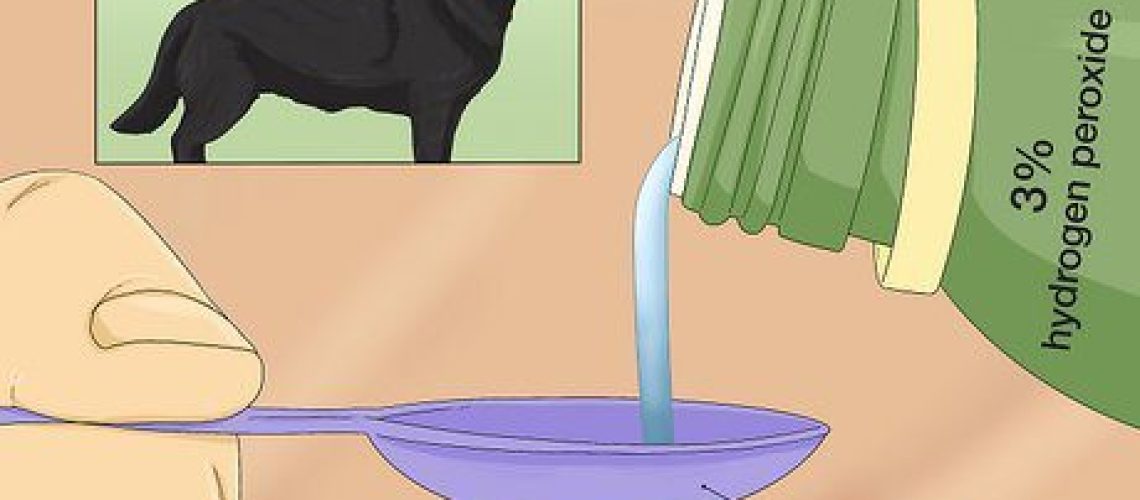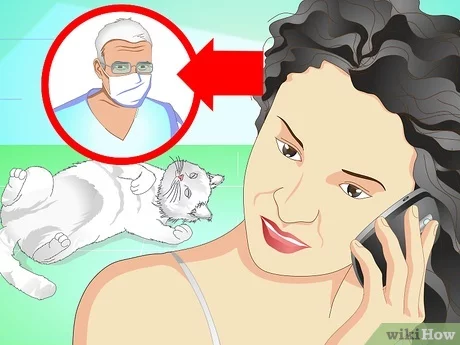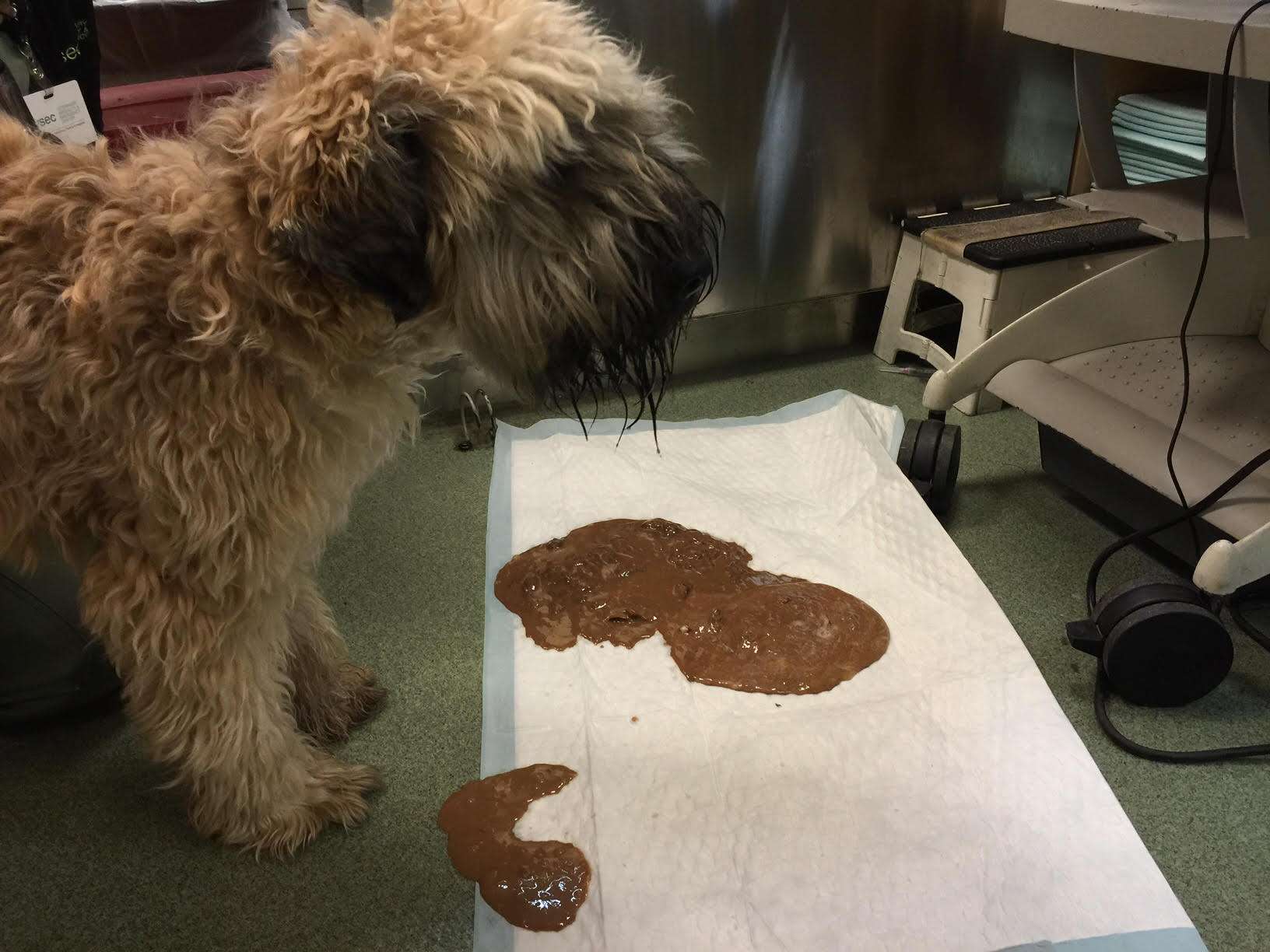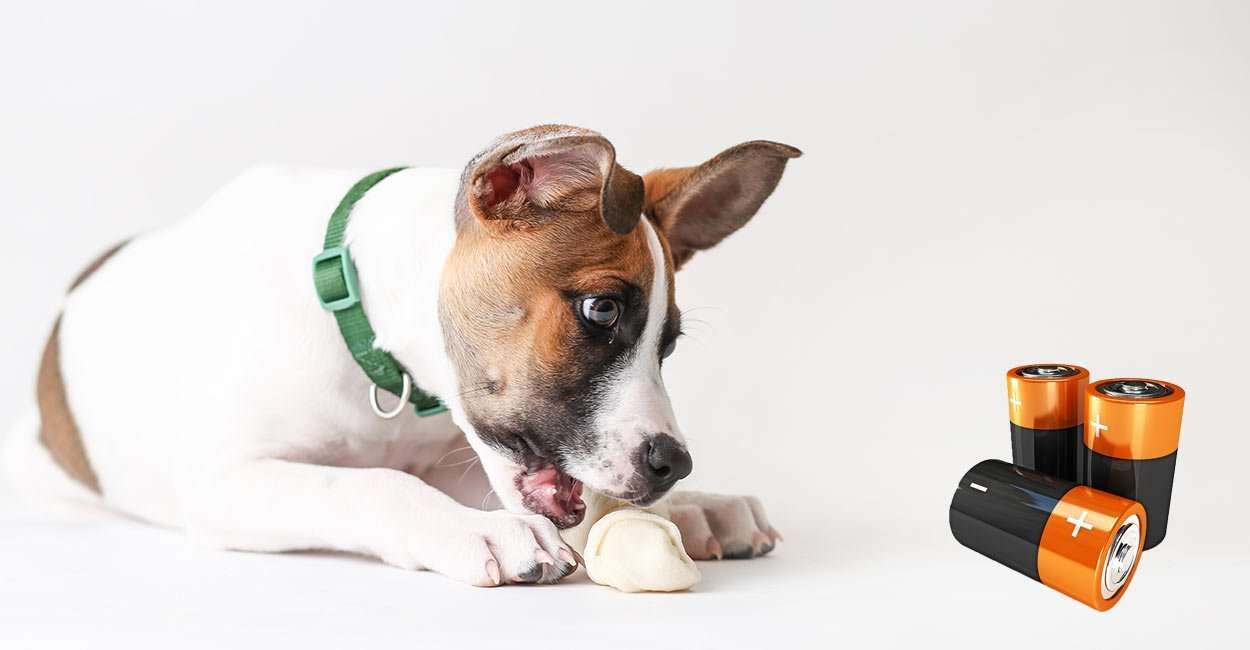This article provides a guide on the appropriate methods and timing to induce vomiting in a puppy when necessary.
Key Takeaways:
- Inducing vomiting in a puppy should only be done under the guidance of a veterinarian.
- It is important to induce vomiting within two hours of the ingestion of a toxic substance.
- Hydrogen peroxide is commonly used to induce vomiting in puppies, but the dosage should be determined by a vet.
- Some substances, such as batteries or sharp objects, should not be vomited back up and require immediate medical attention.
- After inducing vomiting, it is crucial to monitor the puppy for any signs of distress or complications.
What is vomiting and why is it important for puppies?
Vomiting is the act of forcefully expelling the contents of the stomach through the mouth. It is a natural defense mechanism that helps remove harmful substances from the body. In puppies, vomiting can be especially important because they are curious and tend to explore their surroundings by putting objects in their mouths.
Puppies have a tendency to chew on things they shouldn't, such as household items or plants, which can sometimes be dangerous if ingested. If a puppy swallows something harmful, inducing vomiting can help remove the object before it causes any serious harm. However, it is important to know when and how to safely induce vomiting in puppies.
Why is it important to make a puppy vomit?
Making a puppy vomit can be crucial in certain situations where they have ingested something toxic or potentially harmful. By inducing vomiting, you can help prevent the absorption of harmful substances into their system and minimize the risk of poisoning or other complications.
However, it's essential to remember that not all cases require immediate vomiting. Some substances may actually cause more harm if brought back up, so it's crucial to consult with a veterinarian before attempting to make your puppy vomit.
When should you make a puppy vomit?
You should only make a puppy vomit if instructed by a veterinarian or if you are confident that they have ingested something poisonous or dangerous. Time is of the essence in these situations since some toxins can quickly be absorbed into their system and cause severe harm.
Situations where making a puppy vomit may be necessary:
- If your puppy has swallowed medication meant for humans
- If they have consumed toxic plants
- If they have ingested household chemicals or cleaning products
- If they have eaten a large amount of chocolate or other toxic foods
- If they have swallowed objects that could cause blockages, such as small toys or bones
When in doubt, contact a veterinarian:
If you are unsure whether your puppy has ingested something harmful or if it is safe to induce vomiting, it is always best to contact a veterinarian. They can provide guidance based on the specific situation and advise you on the best course of action.
How can you tell if a puppy ate something harmful?
It is important for pet owners to be able to recognize the signs that their puppy may have ingested something harmful. Some common symptoms include vomiting, diarrhea, loss of appetite, lethargy, abdominal pain or discomfort, drooling excessively, difficulty breathing, and changes in behavior. If you notice any of these signs or suspect that your puppy has eaten something toxic, it is crucial to act quickly and seek veterinary assistance.
Signs of toxicity in puppies:
- Vomiting
- Diarrhea
- Loss of appetite
- Lethargy
- Abdominal pain or discomfort
- Drooling excessively
- Difficulty breathing
- Changes in behavior
What to do if you suspect your puppy has ingested something harmful:
If you believe your puppy has eaten something toxic, it is important to contact your veterinarian immediately. They will be able to provide guidance on whether inducing vomiting at home is appropriate based on the specific situation. It is always best to err on the side of caution and seek professional help when dealing with potential poisoning.
Common household items that can be dangerous for puppies
Puppies are naturally curious and tend to explore their surroundings by putting things in their mouths. Unfortunately, this can lead them to ingest items that are potentially harmful. As responsible pet owners, it is essential to be aware of common household items that can pose a danger to puppies.
Dangerous household items for puppies:
- Cleaning products (e.g., bleach, detergents)
- Human medications (e.g., painkillers, antidepressants)
- Plants (e.g., lilies, poinsettias)
- Foods toxic to dogs (e.g., chocolate, grapes, onions)
- Sharp objects (e.g., needles, scissors)
- Small toys or parts that can be swallowed
Tips for puppy-proofing your home:
To prevent accidents and keep your puppy safe, it is important to puppy-proof your home. This involves removing or securing any potentially dangerous items that could be within your puppy's reach. Store cleaning products and medications in cabinets or high shelves, keep toxic plants out of reach, securely dispose of food scraps and wrappers, and supervise your puppy during playtime to prevent them from swallowing small objects.
Safely making a puppy vomit at home
There are certain situations where inducing vomiting in a puppy at home can be necessary and potentially life-saving. For example, if a puppy ingests something toxic such as chocolate or certain plants, it may be necessary to make them vomit to remove the harmful substance from their system. However, it is important to note that inducing vomiting should only be done under the guidance of a veterinarian.
Consulting with a veterinarian
Before attempting to make a puppy vomit at home, it is crucial to consult with a veterinarian. They will be able to assess the situation and provide specific instructions based on the age, breed, and health condition of the puppy. The vet may also ask for information about what the puppy ingested and how long ago it happened.
Using hydrogen peroxide
If the veterinarian determines that inducing vomiting is necessary, they may recommend using hydrogen peroxide. It is important to follow their instructions carefully and use the correct dosage based on the puppy's weight. Hydrogen peroxide can irritate the stomach lining, so it should only be used under veterinary supervision.
Situations where making a puppy vomit is not recommended
In some cases, inducing vomiting in a puppy is not recommended and can even be dangerous. It is important to understand these situations to avoid causing harm to your pet.
Ingestion of sharp objects or corrosive substances
If a puppy has swallowed sharp objects like needles or glass shards, or ingested corrosive substances like bleach or batteries, inducing vomiting can cause further harm. In such cases, seeking immediate veterinary assistance is crucial as they have specialized tools and techniques to safely remove these objects or treat the damage caused by corrosive substances.
Prolonged ingestion time
If a significant amount of time has passed since the puppy ingested something toxic, inducing vomiting may not be effective. The substance may have already been absorbed into the bloodstream, making it necessary to seek veterinary help for appropriate treatment.
Potential harm from inducing vomiting in puppies and prevention methods
While inducing vomiting can be beneficial in certain situations, there are potential risks involved that pet owners should be aware of. It is important to take preventive measures to minimize the chances of accidental ingestion and avoid the need for inducing vomiting altogether.
Risks associated with improper dosage
Administering an incorrect dosage of hydrogen peroxide or other emetics can lead to complications such as aspiration pneumonia or damage to the esophagus. This is why it is crucial to consult with a veterinarian before attempting to induce vomiting at home.
Puppy-proofing the environment
To prevent accidental ingestion of harmful substances, it is essential to puppy-proof your home. Keep all medications, cleaning products, chemicals, and potentially toxic plants out of reach. Secure trash cans and ensure that small objects like coins or batteries are not accessible to your curious puppy.
Steps to take after successfully making a puppy vomit
After successfully making a puppy vomit under veterinary guidance, there are important steps that should be taken to ensure their well-being and recovery.
Cleaning up vomit safely
It is crucial to clean up any vomit promptly and safely. Use gloves and disinfectant while cleaning to protect yourself from potential toxins present in the vomit.
Monitoring the puppy
Keep a close eye on the puppy after they have vomited. Watch for any signs of distress, discomfort, or further symptoms related to the ingestion. If any concerns arise, contact your veterinarian immediately for further guidance.
When to seek professional veterinary help instead of inducing vomiting at home
While it may be tempting to try inducing vomiting at home, there are situations where seeking immediate professional veterinary help is necessary.
Ingestion of certain substances
If a puppy has ingested substances such as rat poison, human medications like acetaminophen or ibuprofen, or household chemicals like antifreeze, it is crucial to seek immediate veterinary assistance. These substances can cause severe toxicity and require specific treatments that cannot be done at home.
Puppy's health condition
If a puppy has pre-existing health conditions such as heart disease or respiratory issues, inducing vomiting at home can put them at risk. It is best to consult with a veterinarian who can provide appropriate guidance based on the puppy's individual health needs.
| Conclusion | |
| How to Induce Vomiting: | Consult a veterinarian immediately for proper guidance and never induce vomiting in a puppy without professional advice. |
| When to Induce Vomiting: | Inducing vomiting should only be done under the supervision of a veterinarian and in cases of emergency, when instructed by a professional. |
| Remember, the health and well-being of your puppy should always be prioritized. Seek professional help promptly if you suspect your puppy has ingested something harmful. | |
How can I induce vomiting in my puppy?
When given by a vet, hydrogen peroxide is generally considered safe for inducing vomiting in dogs.
Should I help my puppy throw up?
It is not necessary to induce vomiting as it is possible that the substance or amount ingested by the dog was not toxic. In fact, attempting to make the dog vomit could lead to more severe consequences, particularly if the dog consumed something sharp or caustic such as acids, alkalis, or detergents.
What happens if dog doesn't vomit from hydrogen peroxide?
The majority of dogs will experience vomiting within one hour of ingesting hydrogen peroxide. However, if a dog does not vomit after taking H2O2, it is crucial for pet owners to immediately contact the emergency veterinary hospital. It is important to remember that using these potentially harmful home remedies can lead to aspiration pneumonia, which can be deadly.
How to induce vomiting in a puppy without hydrogen peroxide?
To induce vomiting in your dog, mix one teaspoon of salt in warm water and administer it to them. The saltwater irritates the lining of their stomach, causing them to have a gag reflex and vomit.
How do you induce vomiting in a dog by hand?
It is best to avoid using your hands to assist your dog in vomiting as it can increase their stress levels. Additionally, it is important to consult with your veterinarian before giving your dog any household substances, such as hydrogen peroxide, to induce vomiting.
What can I give my puppy for throw up?
Many cases of dog vomiting are a result of stomach inflammation, therefore a common treatment is to feed them a gentle diet (such as boiled chicken or white fish with white rice or sweet potato) or a specialized gastrointestinal diet prescribed by a veterinarian. In addition, they may be given anti-nausea medication.

















